Description
Frozen Butter
Frozen Butter is a thick paste with a yellow color, a typical odor and a smooth, frozen surface. It is made by whipping fresh or fermented cream or milk in a special machine to break the membranes of the fat globules, separating the butterfat from the buttermilk. The product is then frozen at a minimum of -18°C.
Frozen Butter contains at least 82% milk fat (not more than 16% water and 2% skimmed milk powder). Due to its nutritional properties, Frozen Butter serves as a flavor enhancer and flavor carrier. In baked goods, the butter is used to provide a crisp and crunchy texture. The product is also rich in vitamins A, D and K.
| Physical and chemical properties | Value |
|---|---|
| Fat content | Min. 82% |
| Water content | Max. 16% |
| Microbiological analysis | Value |
|---|---|
| E. coli | N=5, c=0, m, M =10 /g |
| Salmonella | Absent |
| Coliform | Absent |
| Listeria monocytogenes | Absent |
The storage period of Frozen Butter is 12 months if stored at the temperature of -18°C.
Frozen Butter has many functional properties such as a great texture and rich taste that are very useful for the baking and confectionery industry. It allows the good development of high-quality pastry. Moreover, it is perfect for the laminated process and high-pressure conditions during production. Thus, Frozen Butter can be a great ingredient in the production of pastries, biscuits, croissants, and other baked products. Butter is also homogeneous and cohesive making it a great addition to soups, meats, and ready-cooked meals.

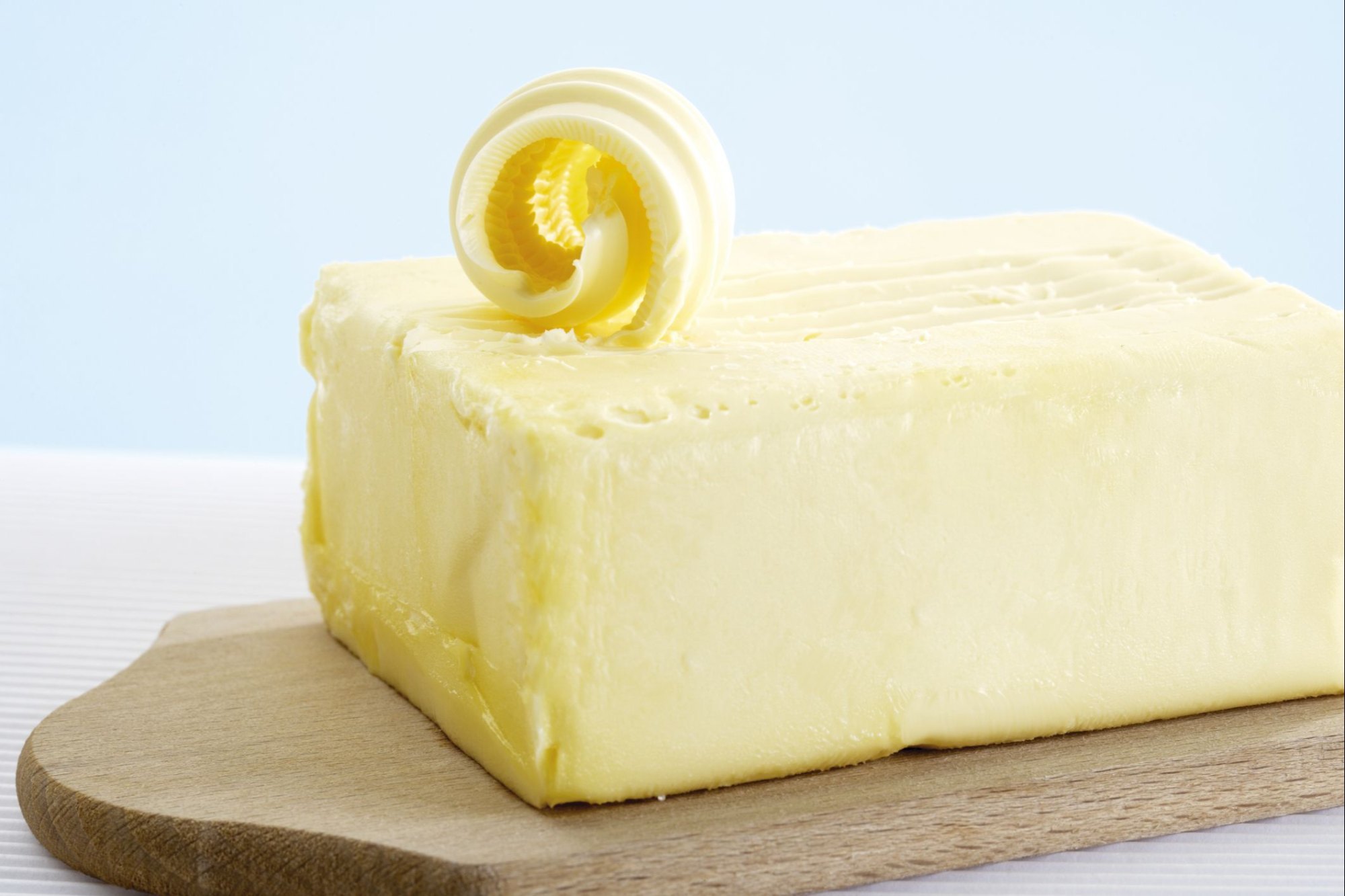
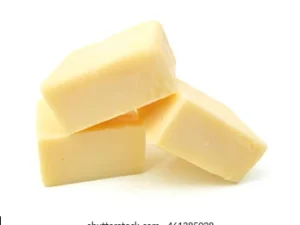
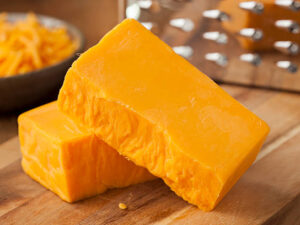
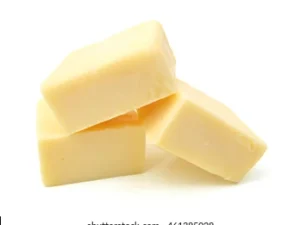
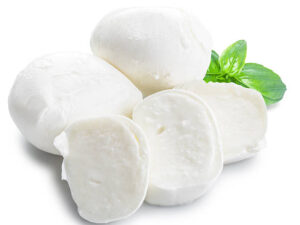



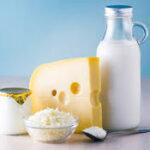



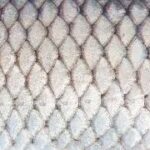
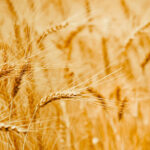
Reviews
There are no reviews yet.